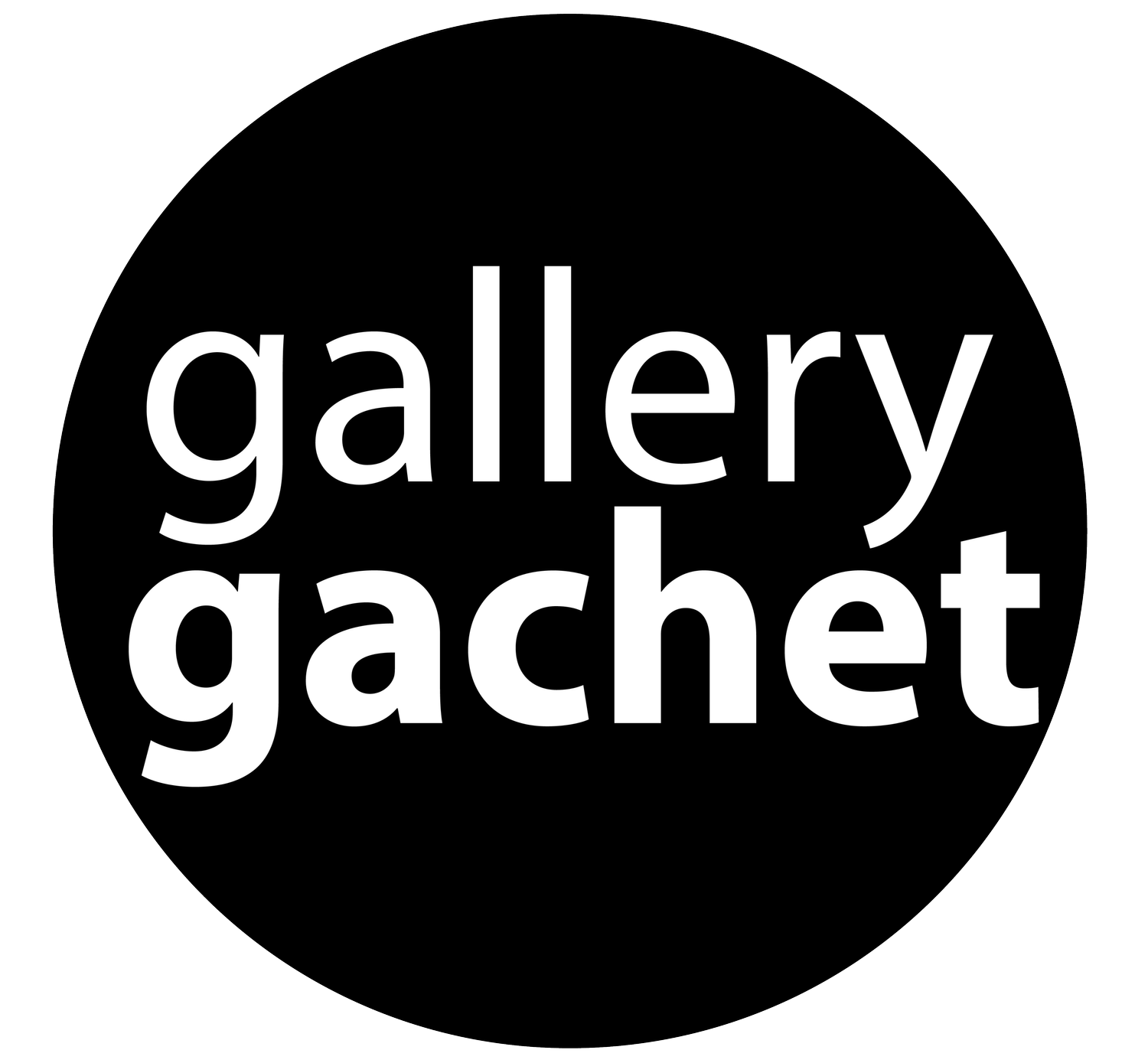A Canoe is an Island
Lydia Brown, Simon Grefiel, davi de jesus do nascimento, Valérie d. Walker, and Speplól Tanya Zilinski
Closing Event, March 22, 4-6pm, with song by Speplól Tanya Zilinski and performance by Simon Grefiel and Reylinn McGrath
Running February 2 to March 22, 2024 / Tue–Sat / 12–6
Ves.sel
/ˈves(ə)l/
i. A craft for traveling on water.
ii. A container (such as a cask, bottle, cup or bowl) for holding something.
iii. A person into whom some quality is infused.
Emerging from an integration, re-codification and embrace of the diverse and nuanced definitions associated with the singular term “Vessel,” A Canoe is an Island articulates how the concept of “the vessel” could be utilized as a unifying idiom to describe the multiplicity of experiences, realities and relationships that bodies of colour situated in a post-colonial world have with bodies of water and formation of place.
Primarily addressing topics that include maritime violence, colonization, migration, dislocation, folklore and material culture, this exhibition contributes to thoughts first posed by Amber Camilla Musser and Rinaldo Walcott and demonstrates how the intangible concept and physical construction of the Vessel decenters the individual and transgresses into the realm of the diasporic bringing forth possibilities of resistance, re-emergence and societal reconfiguration in its wake.
In this exhibition, the Vessel becomes an object, a person, a condition, and a gesticulation contrived out of necessity— establishing itself as an enactment of a desire to reconnect with “home” and self, a material testament of survival, and an artifice that envisions an end to the debilitating post-colonial states of unfreedom we collectively inhabit.
Through their works, exhibiting artists Lydia Brown, Simon Grefiel, davi de jesus do nascimento, Speplól Tanya Zilinski, and Valerie Walker pronounce the significance of innate embodied knowledge and attend to the question of how traditional cultural art and material practices could be sustained and repel a depoliticized anthropological definition by addressing the political and personal matter of the times.
The exhibition’s title burgeons from the native Hawaiian adage, He wa'a he moku, he moku he wa’a—A canoe is an island, an island is a canoe. The proverb holds that the same lessons and care that one could learn and provide as they explore an island could also be learned in the exploration of the cracks and crevices of a tiny canoe.
The notion that grounds this proverb and the praxis it lauds further extends itself to this exhibition’s premise by tying the concept of the vessel to the idea of the voyage and place.
This exhibition speculates that bodies situated in the post-colonial condition, whether within or beyond the diaspora, are in themselves vessels partaking in a voyage and attempting to make sense of their realities, re/uncover lost knowledge, cast interventions on confounded histories, envision new states of beings and foster new relations with place–the vessel then becomes a living, breathing embodiment of place, a voyage, the people and a physical or spiritual return.
Olumoroti George
Director / Curator
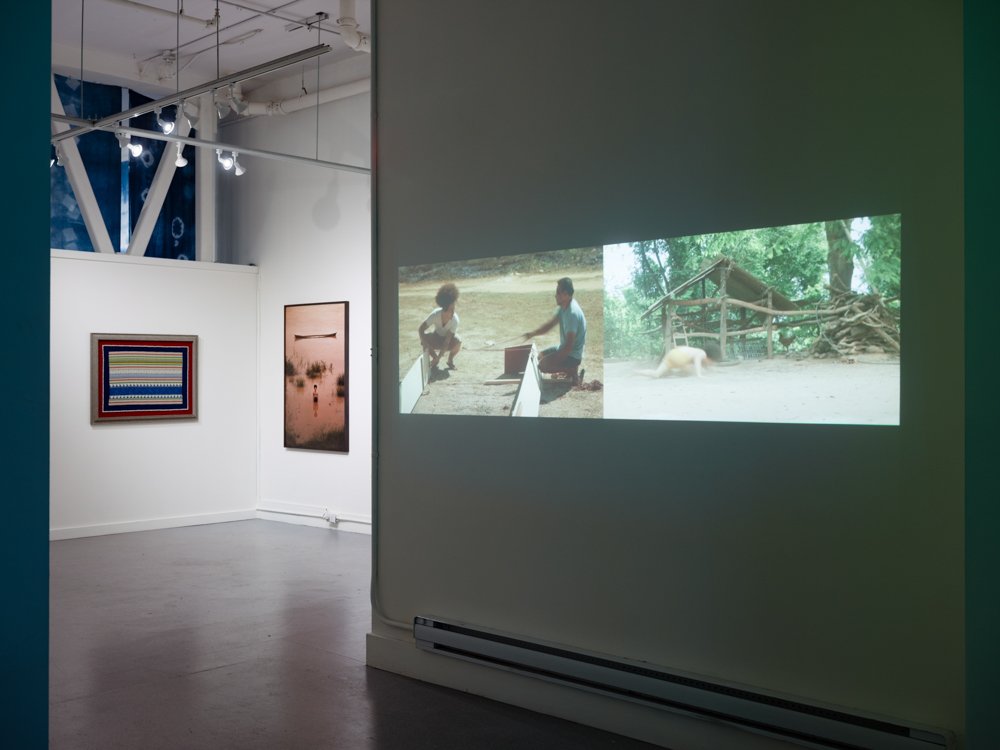
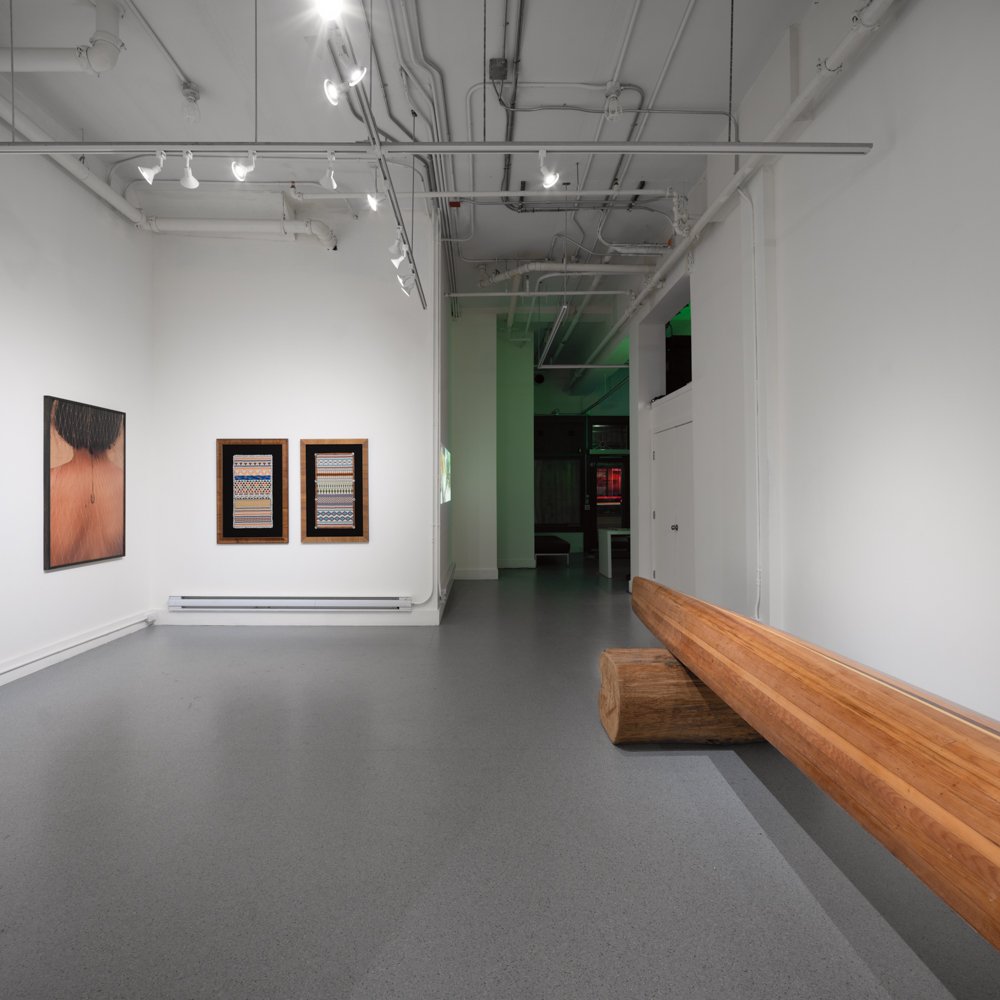
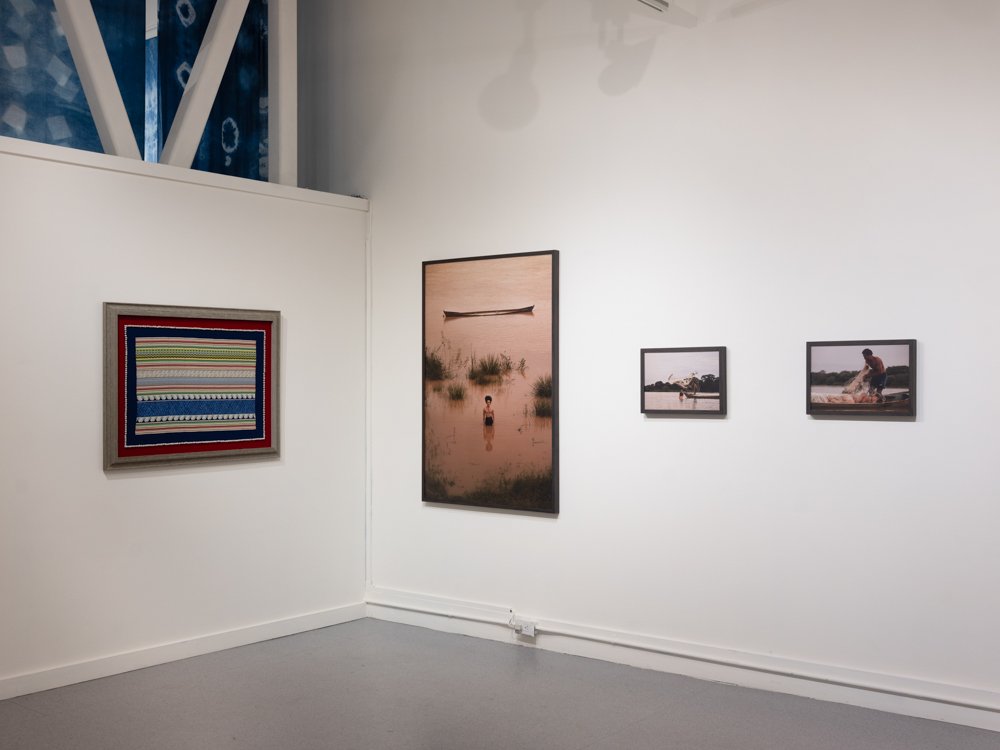


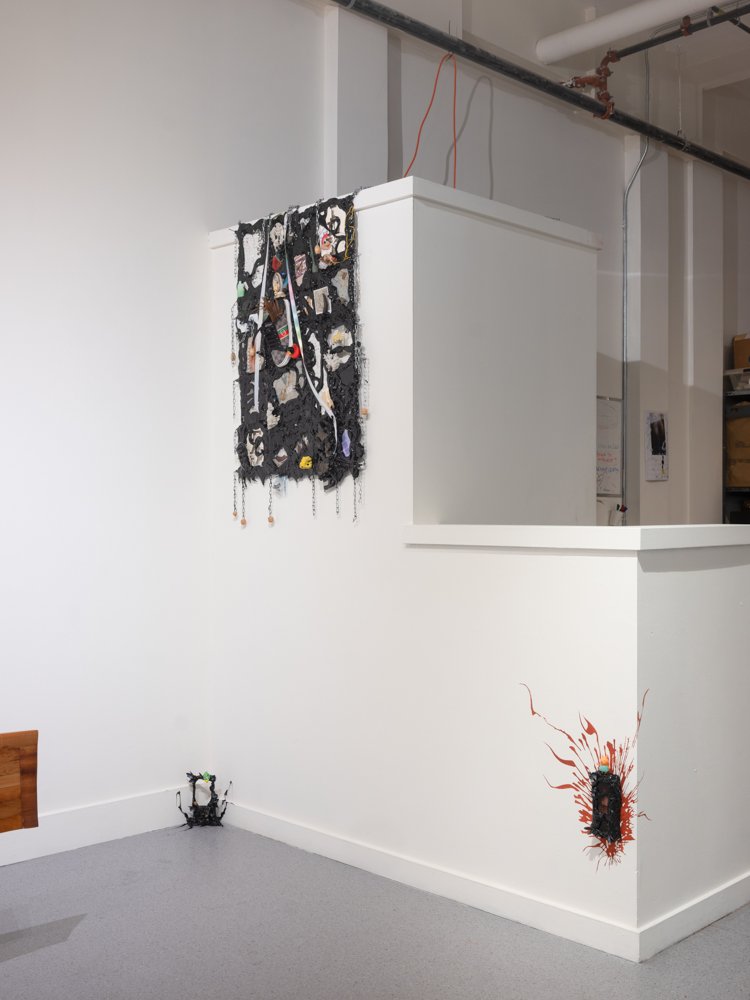
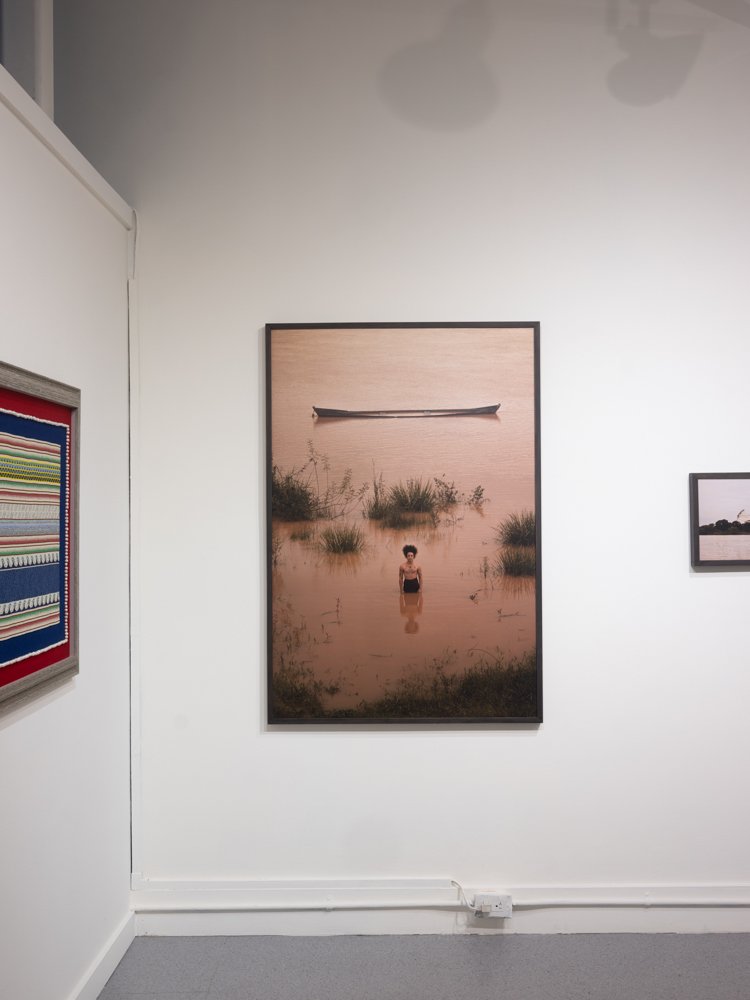
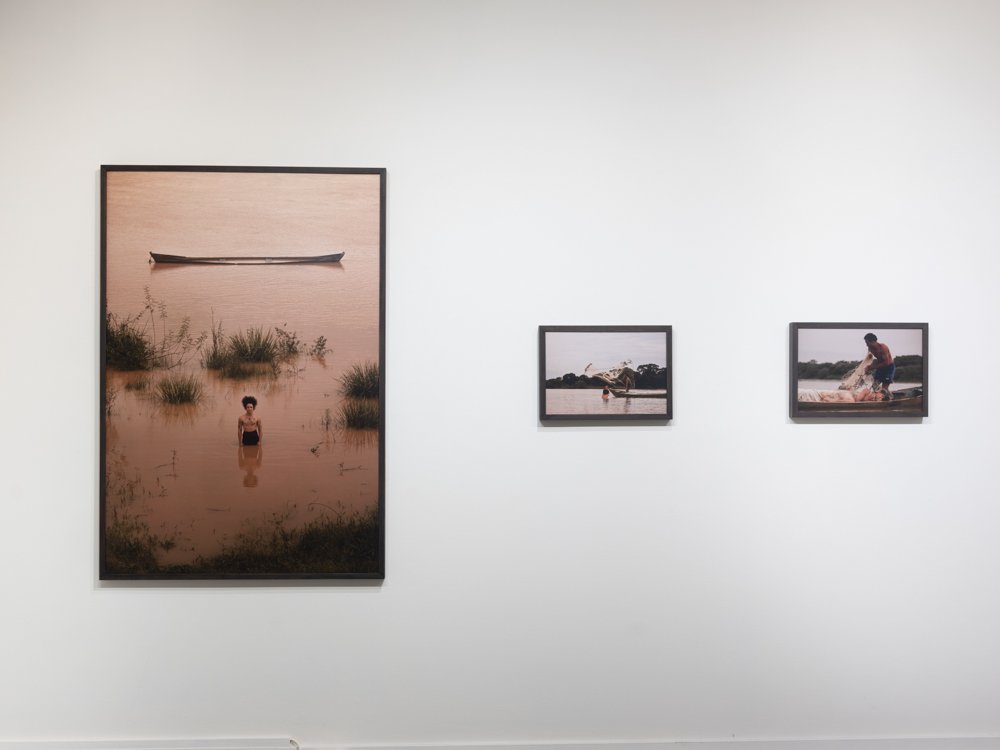
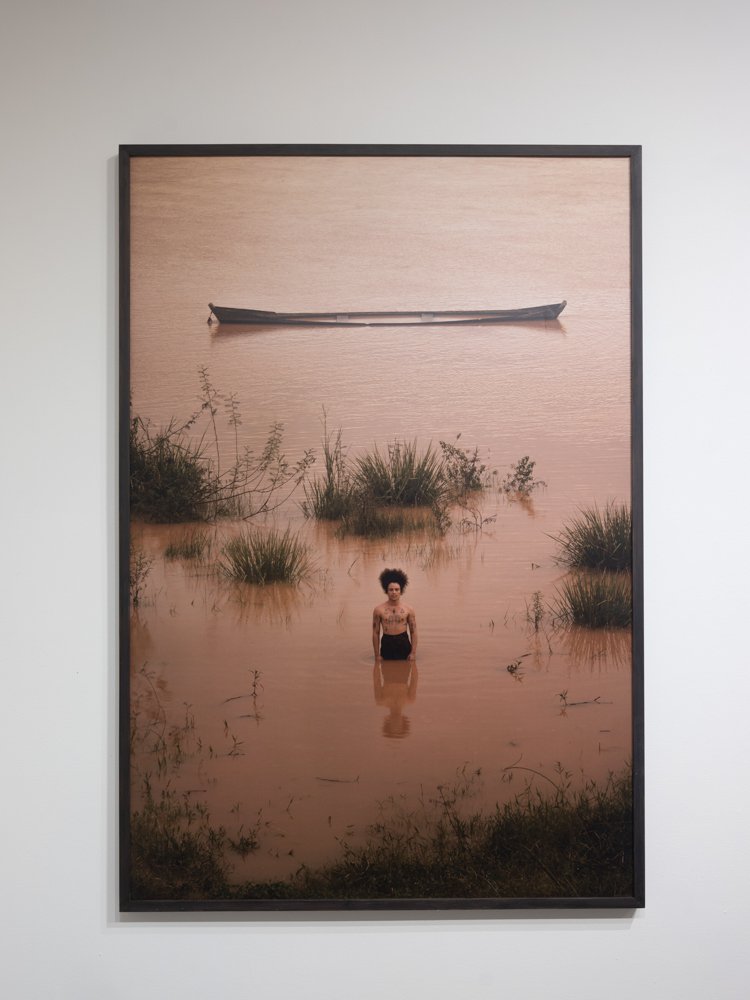
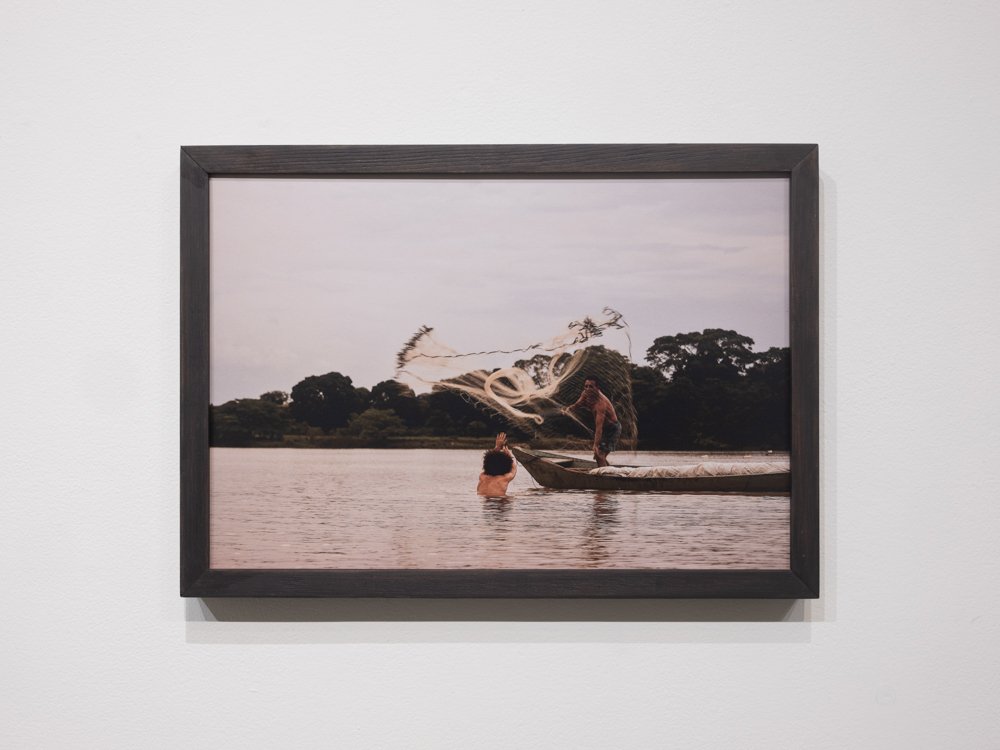
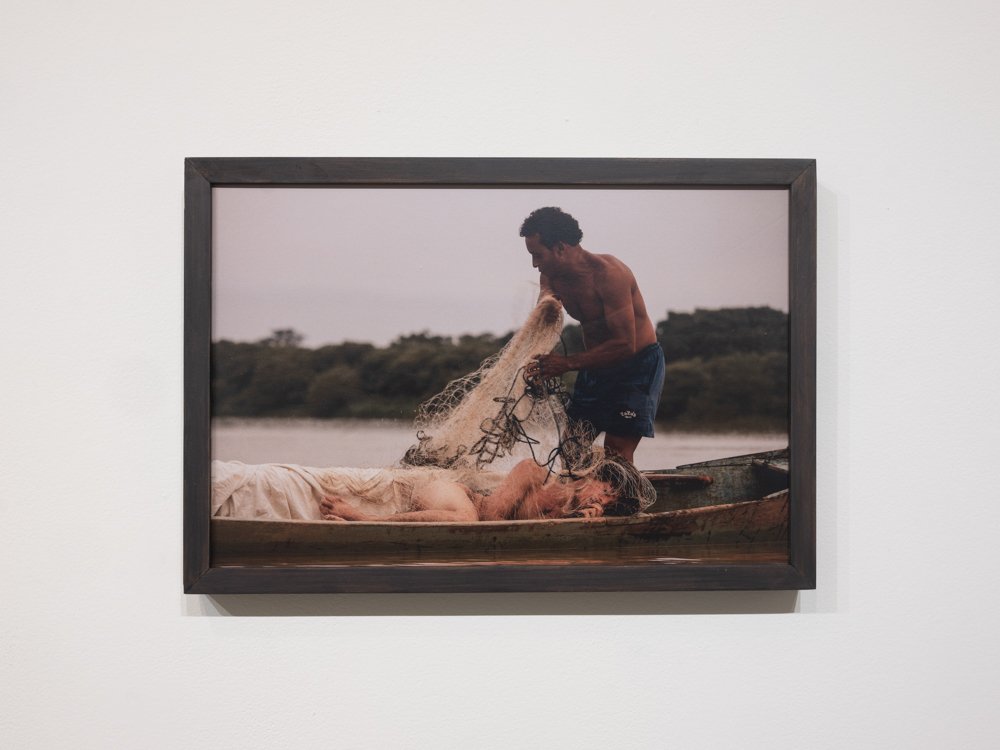
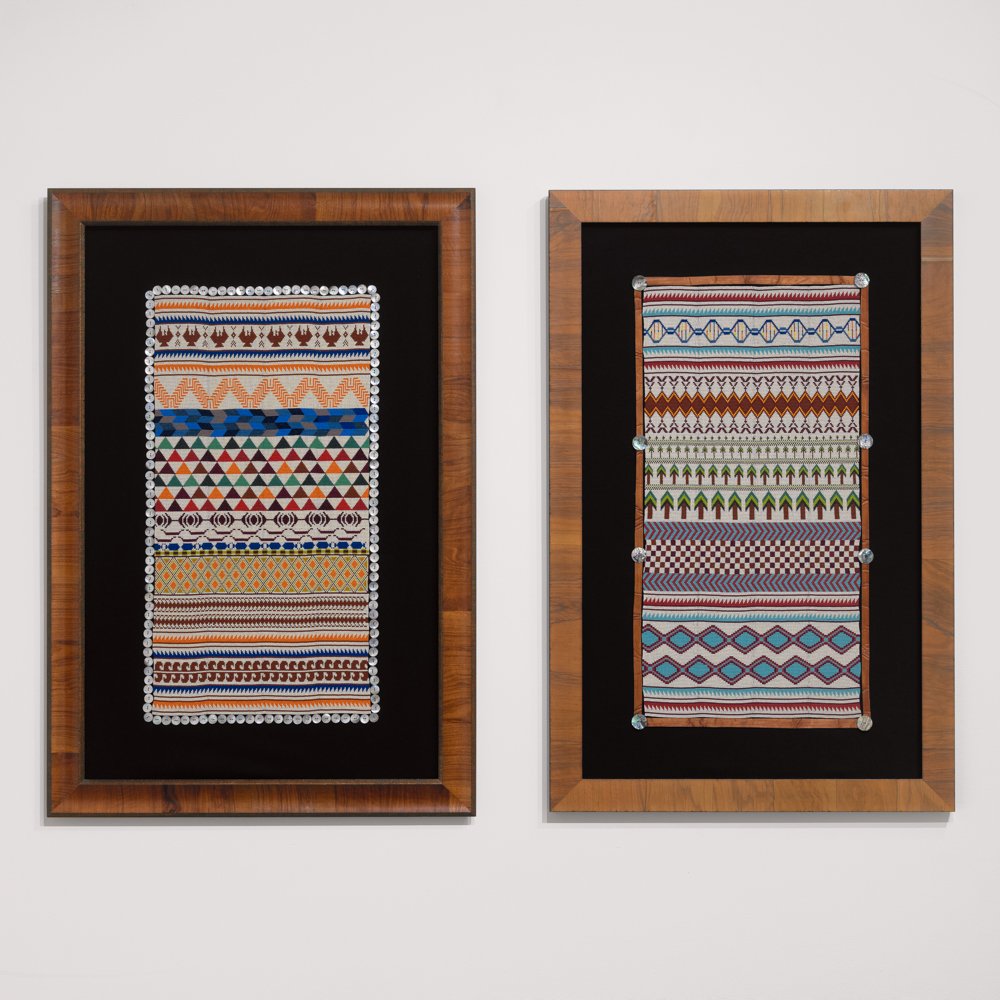
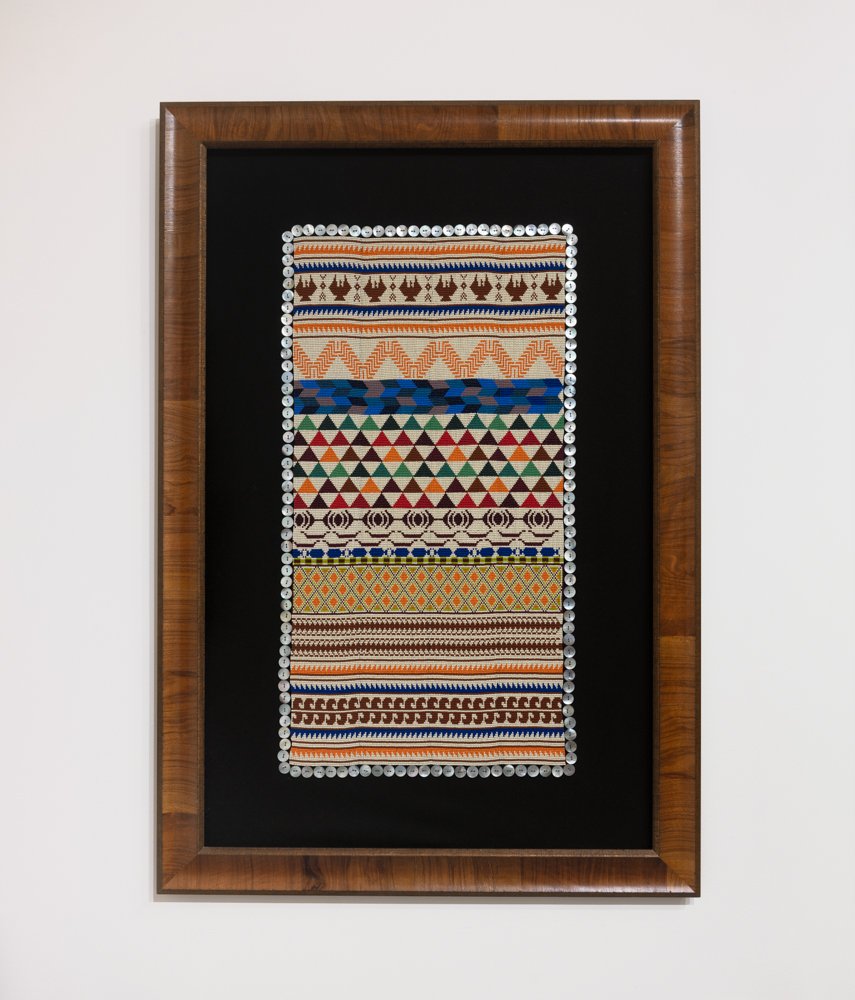
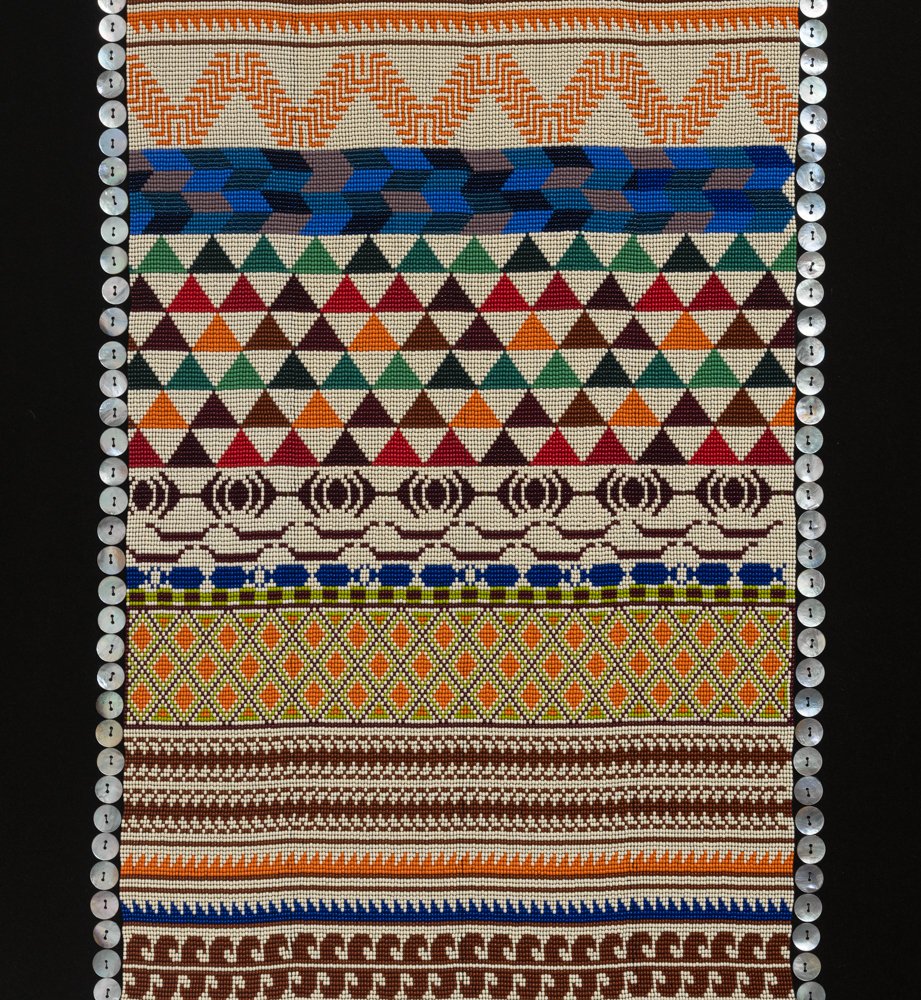
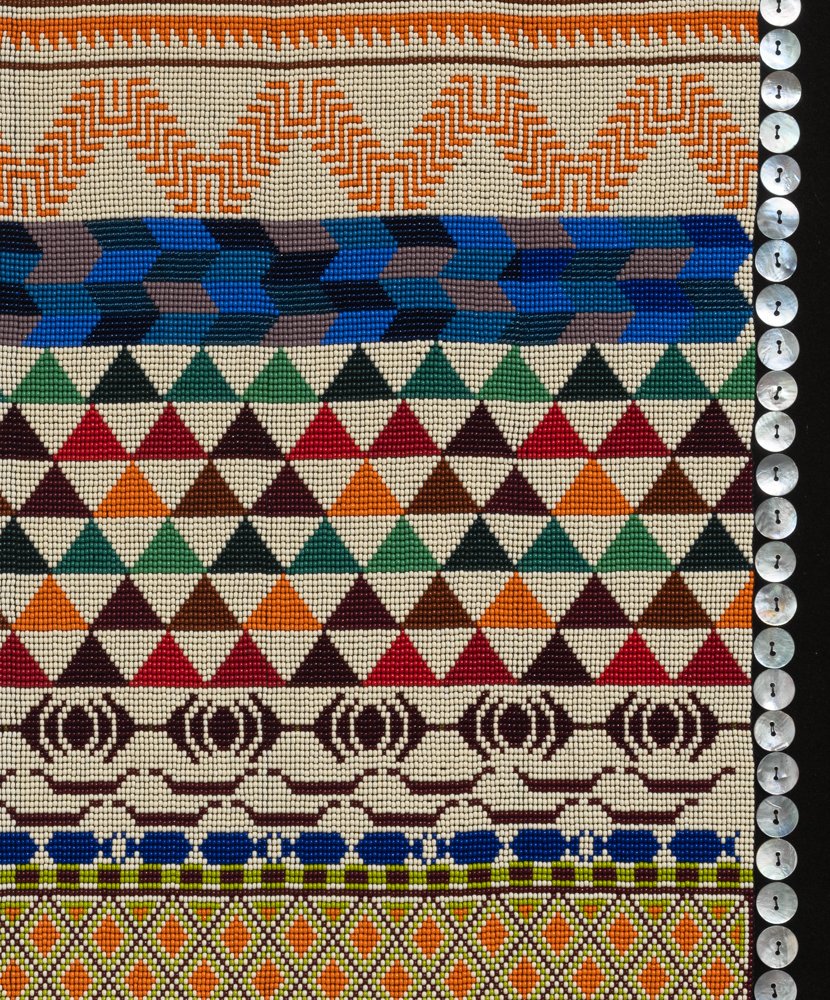
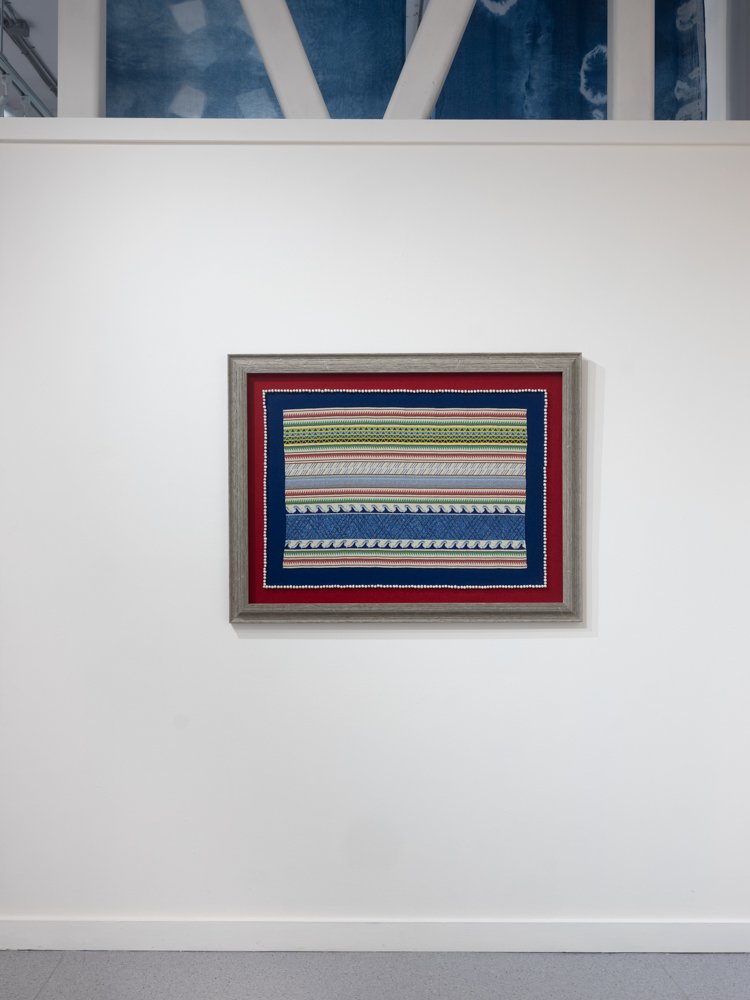
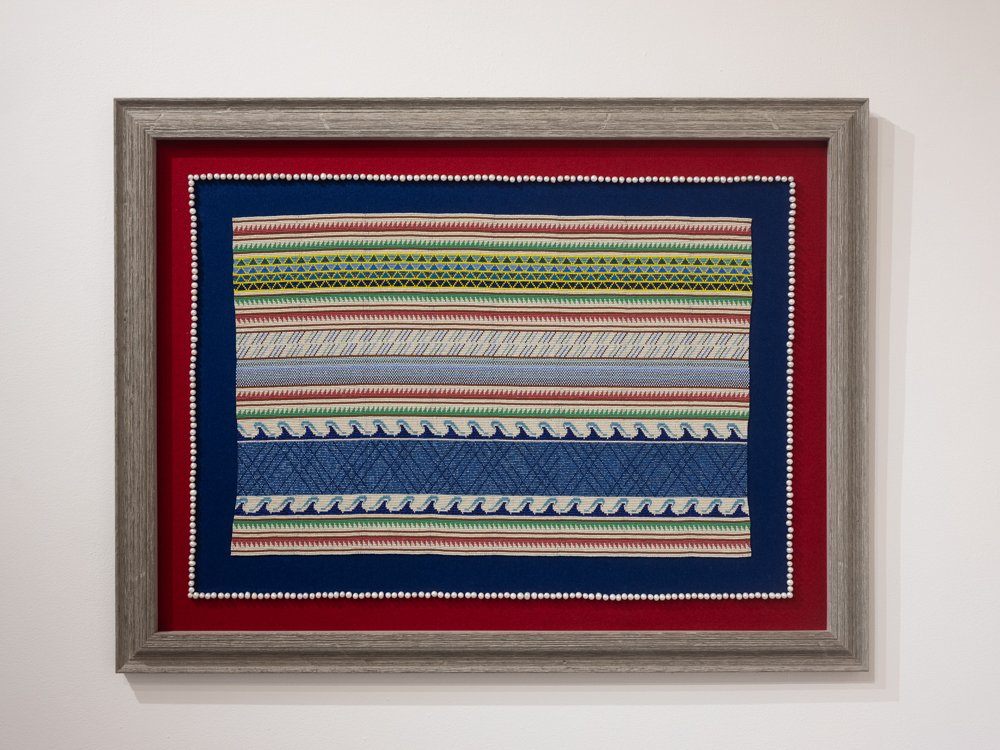
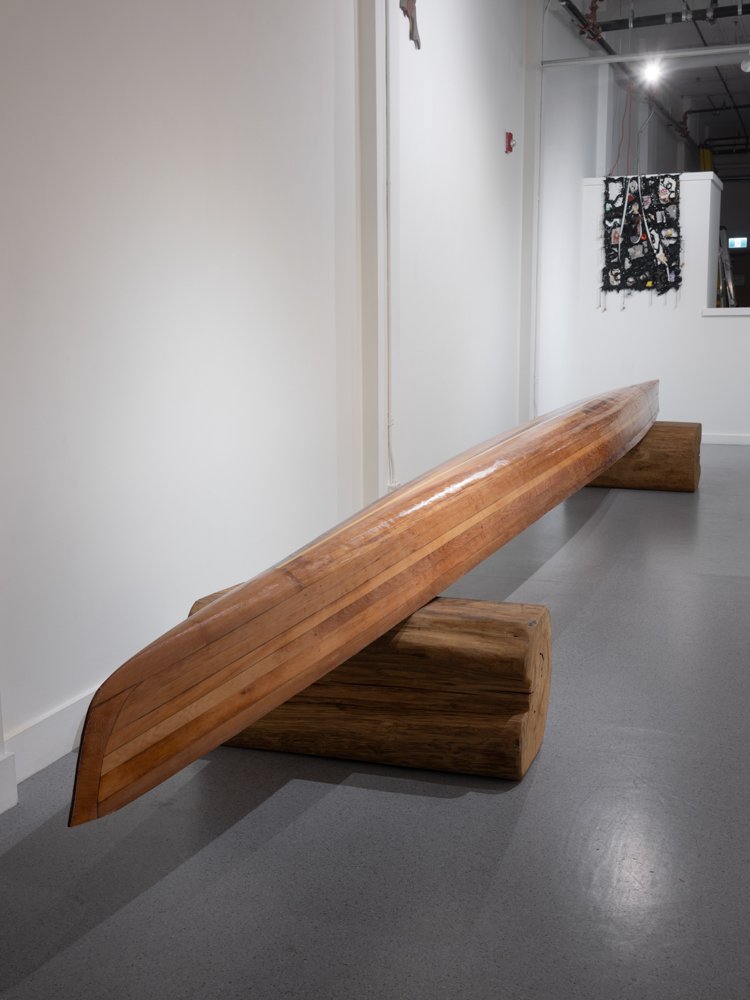
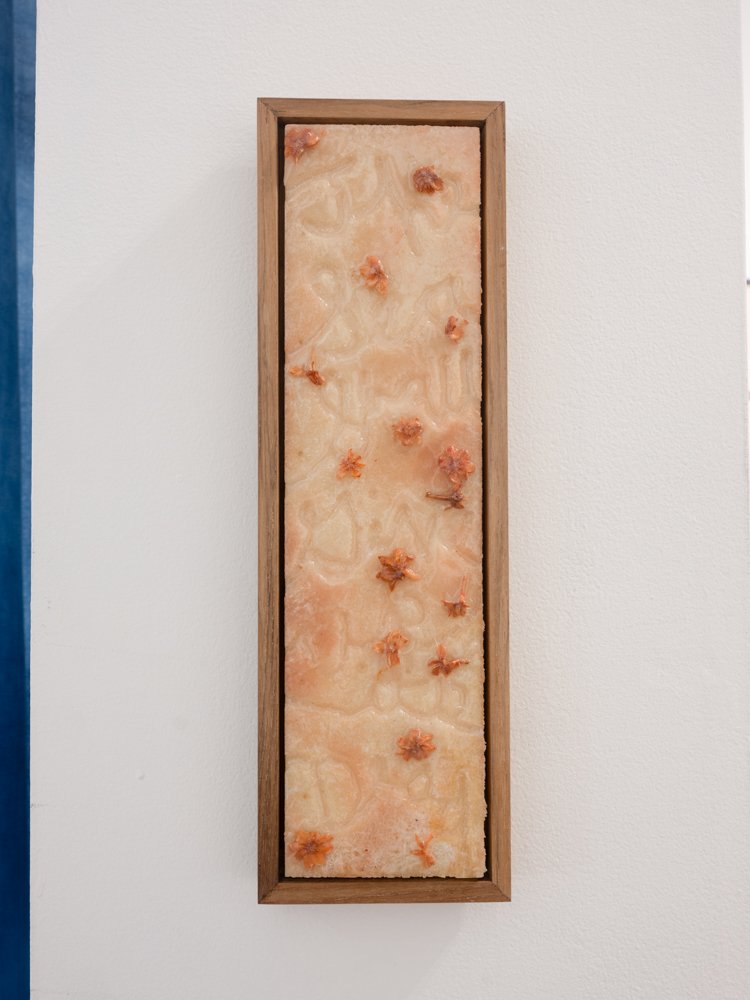
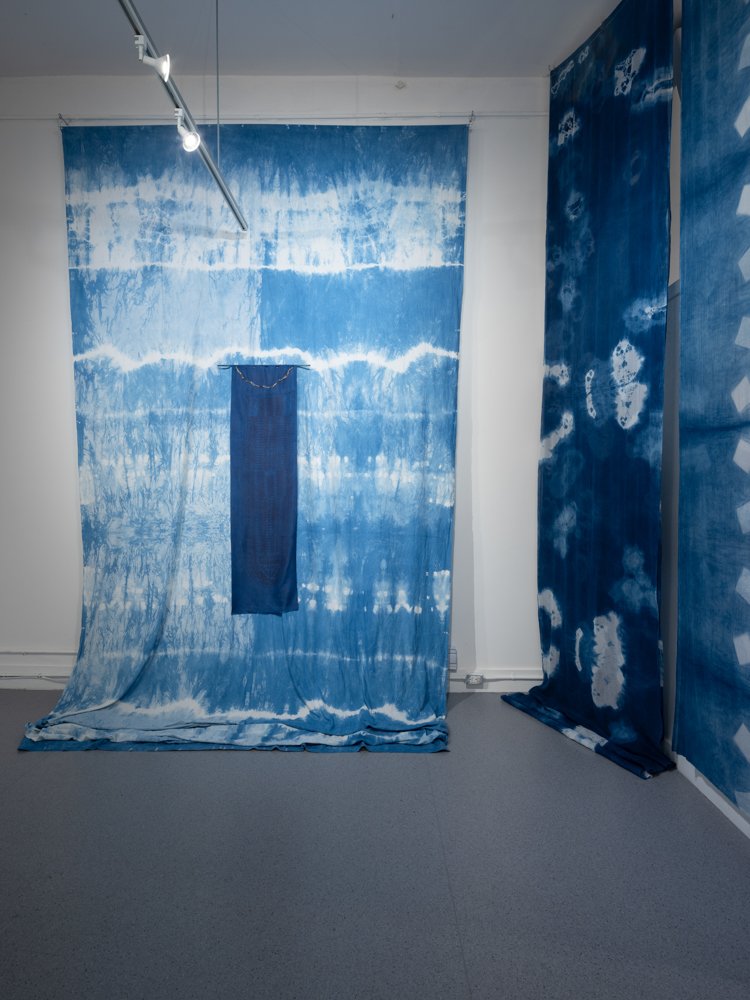
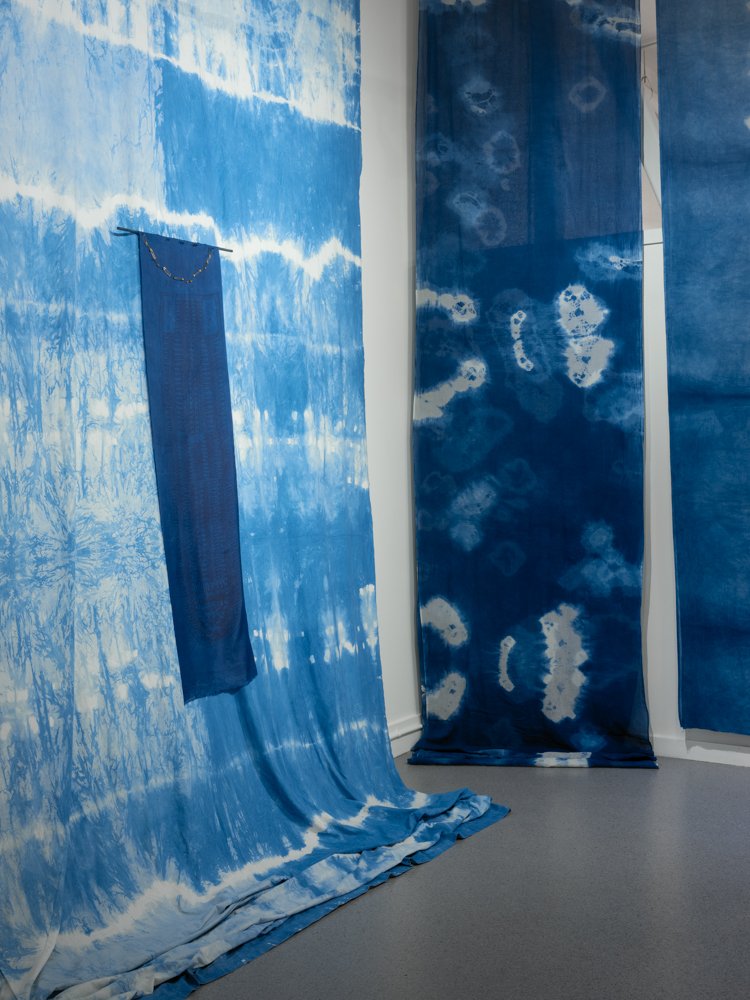
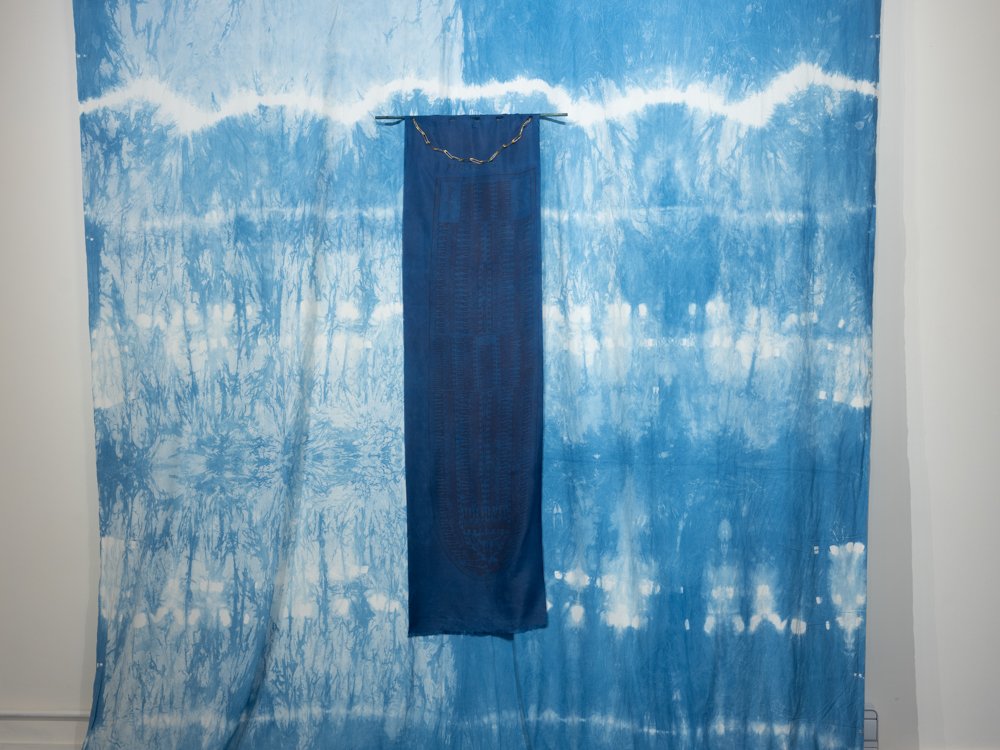
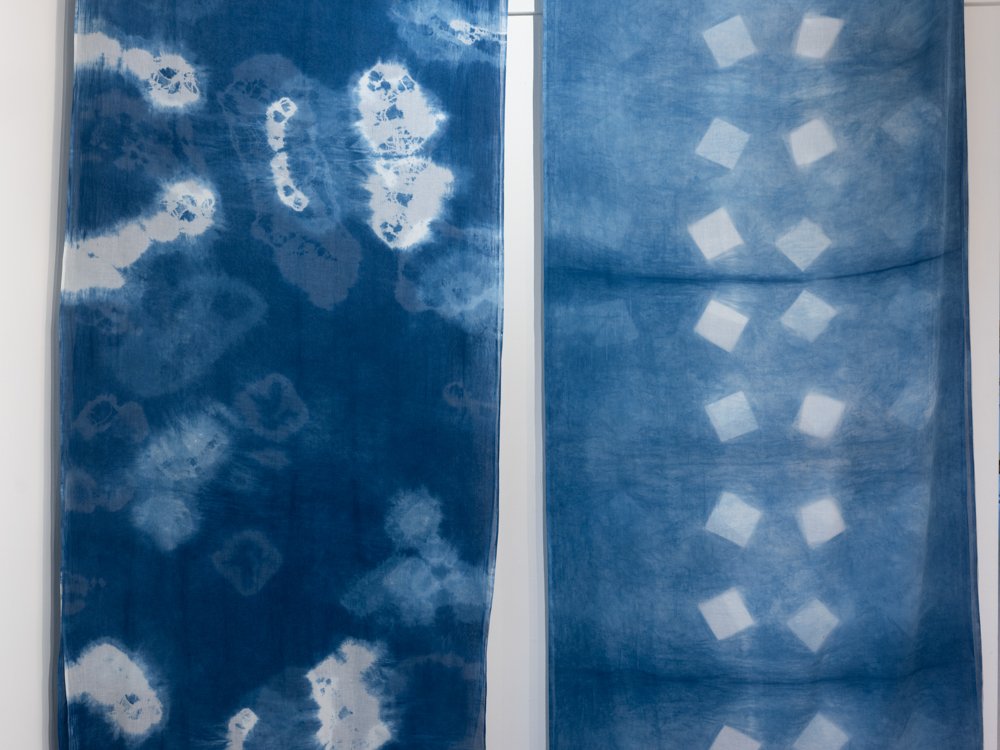
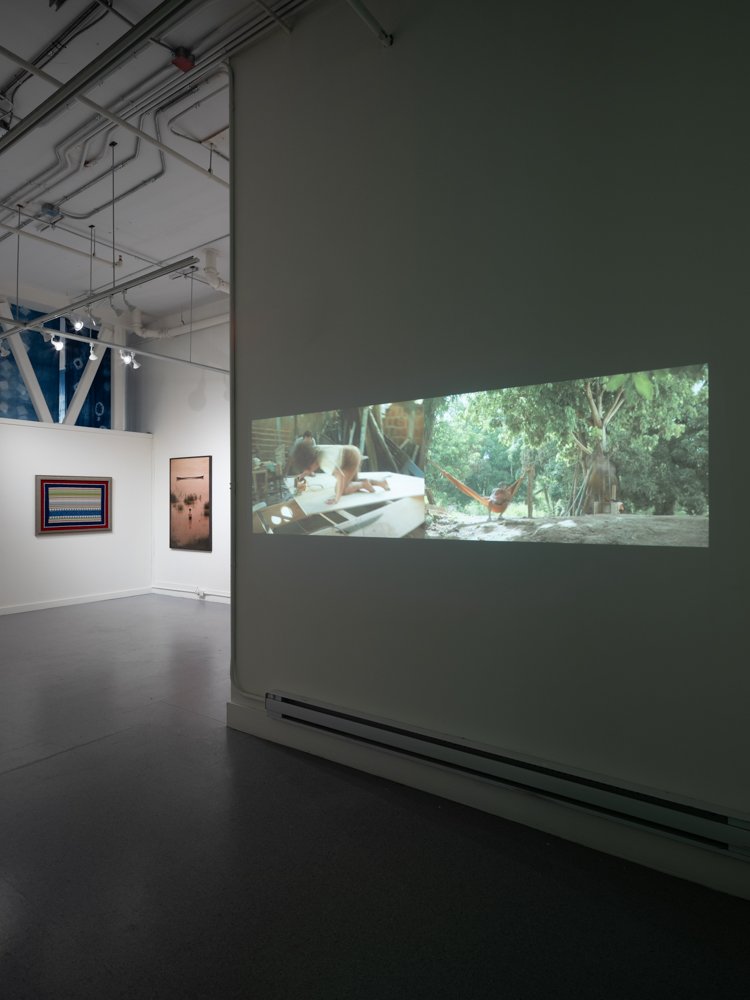
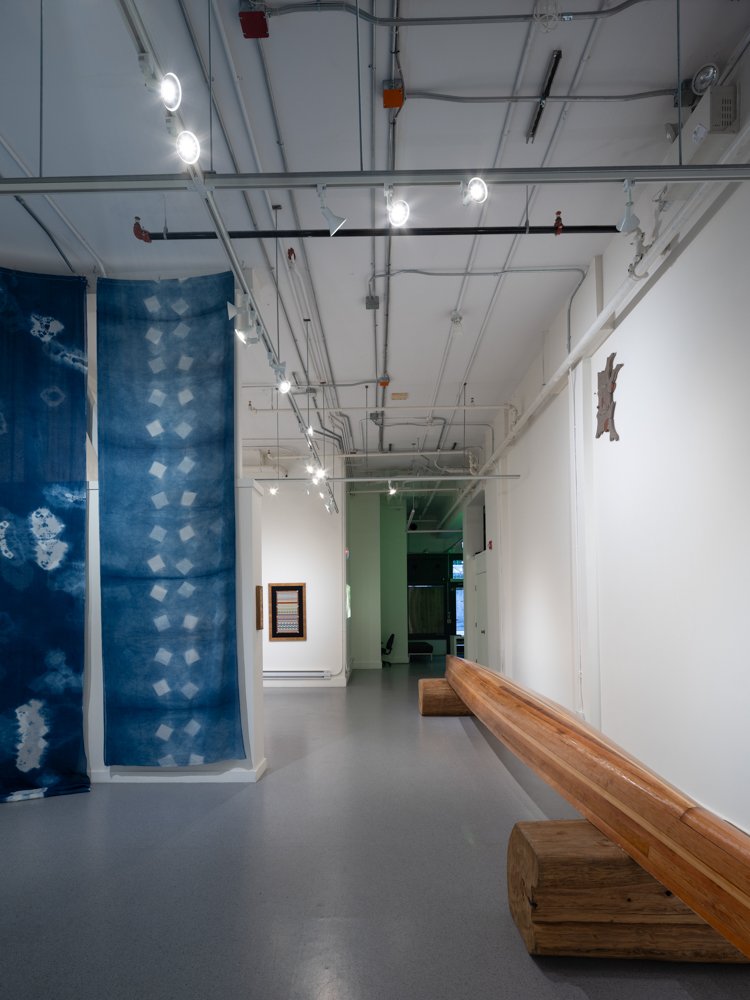

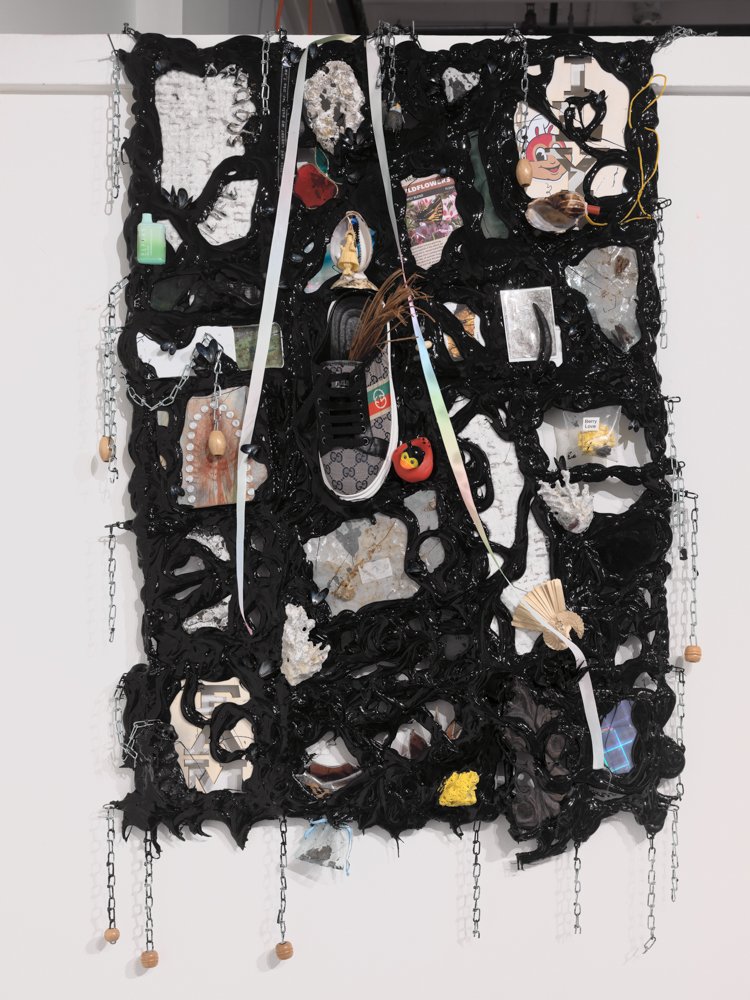
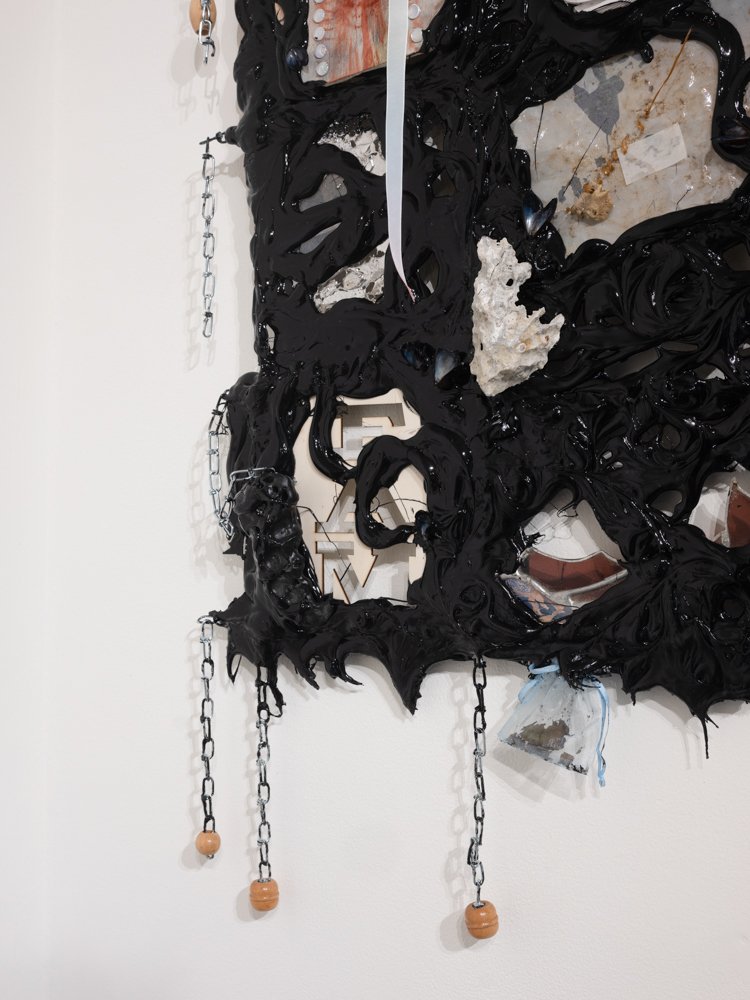

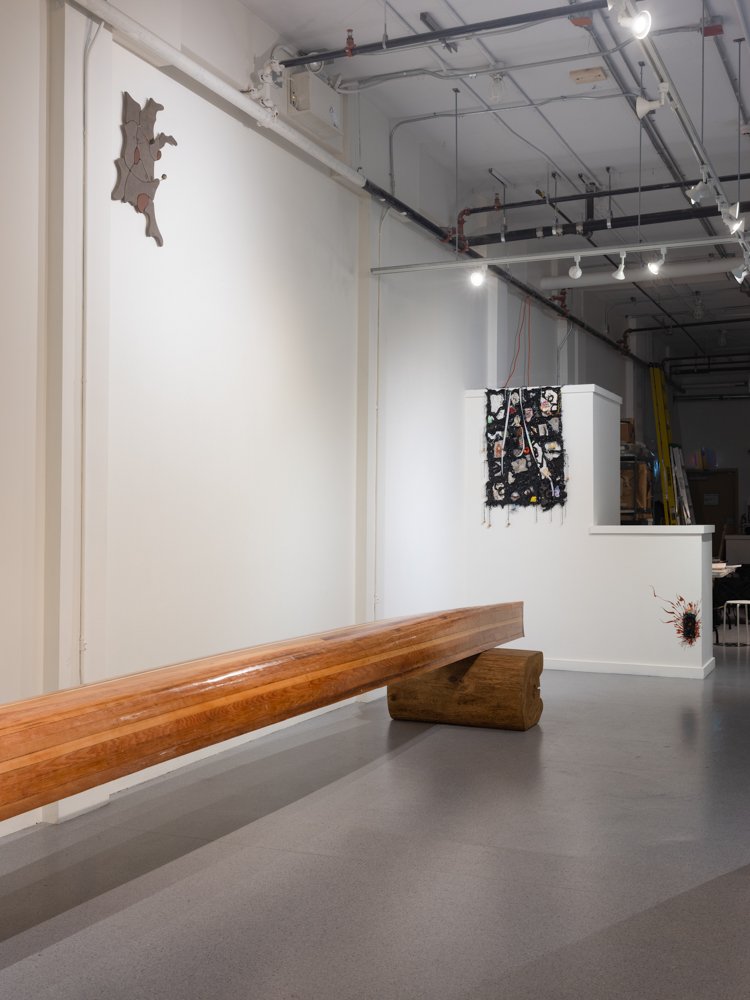
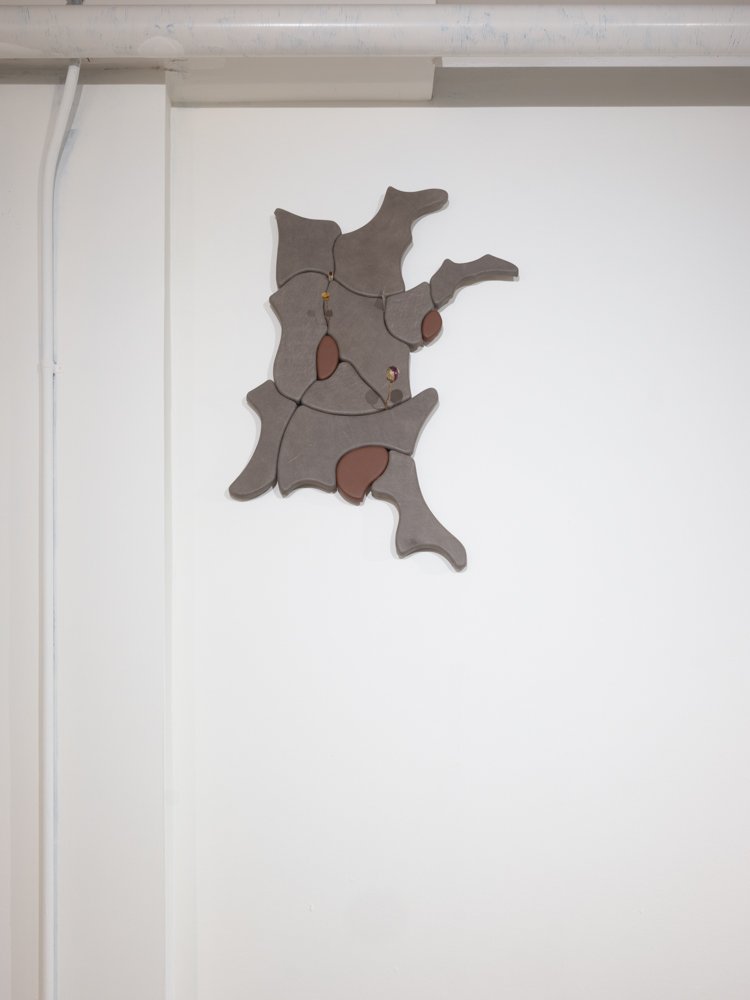

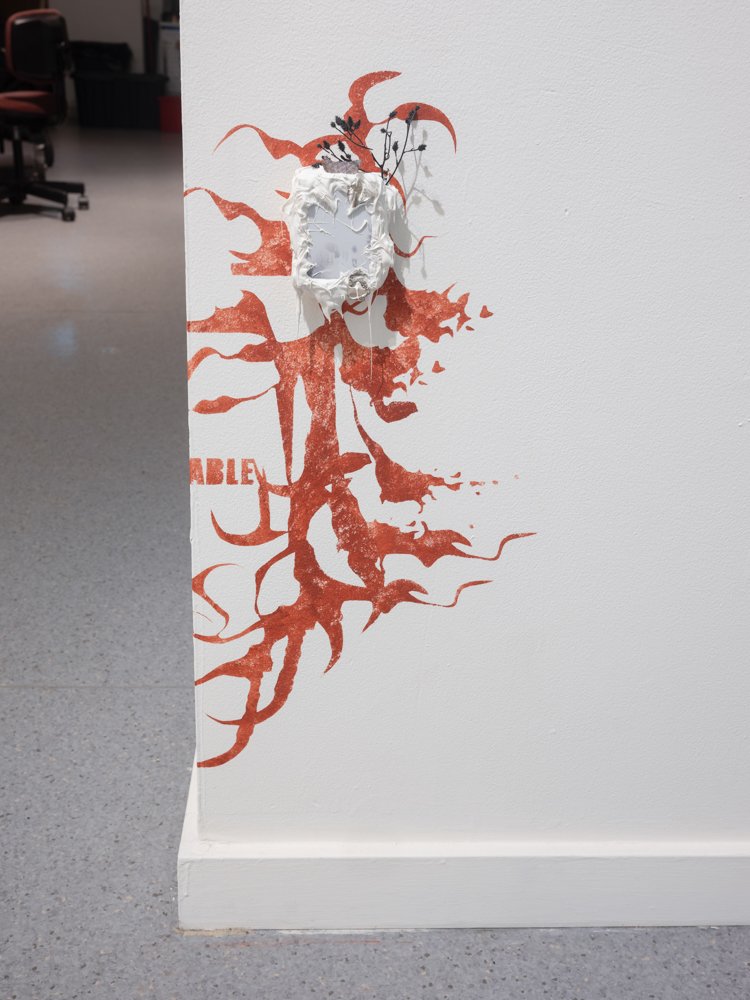

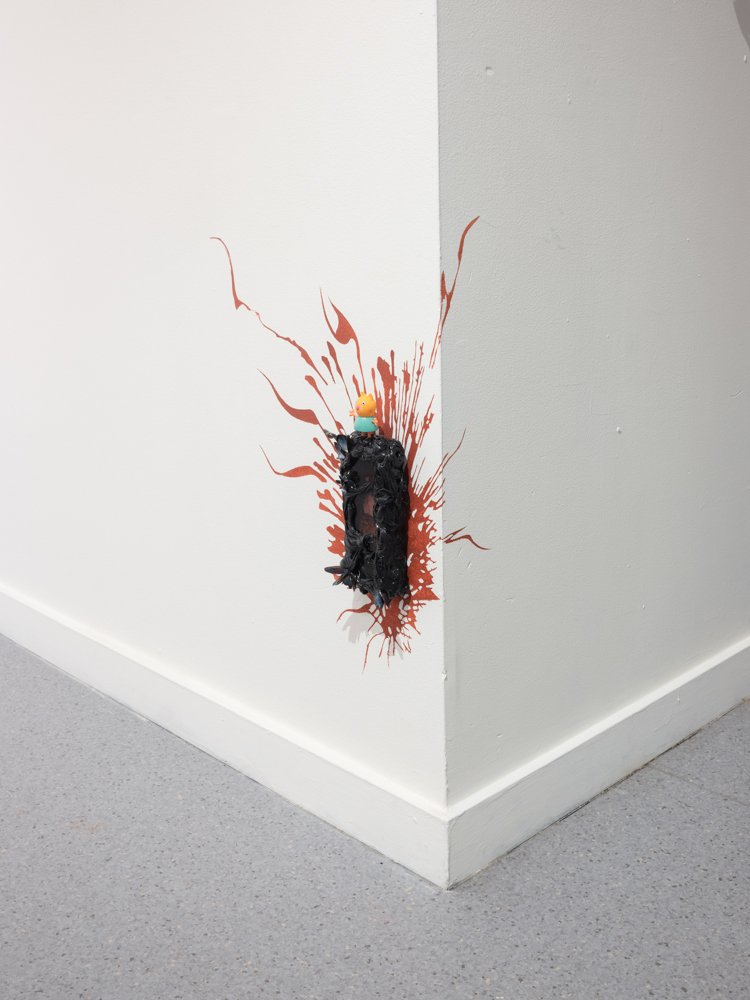

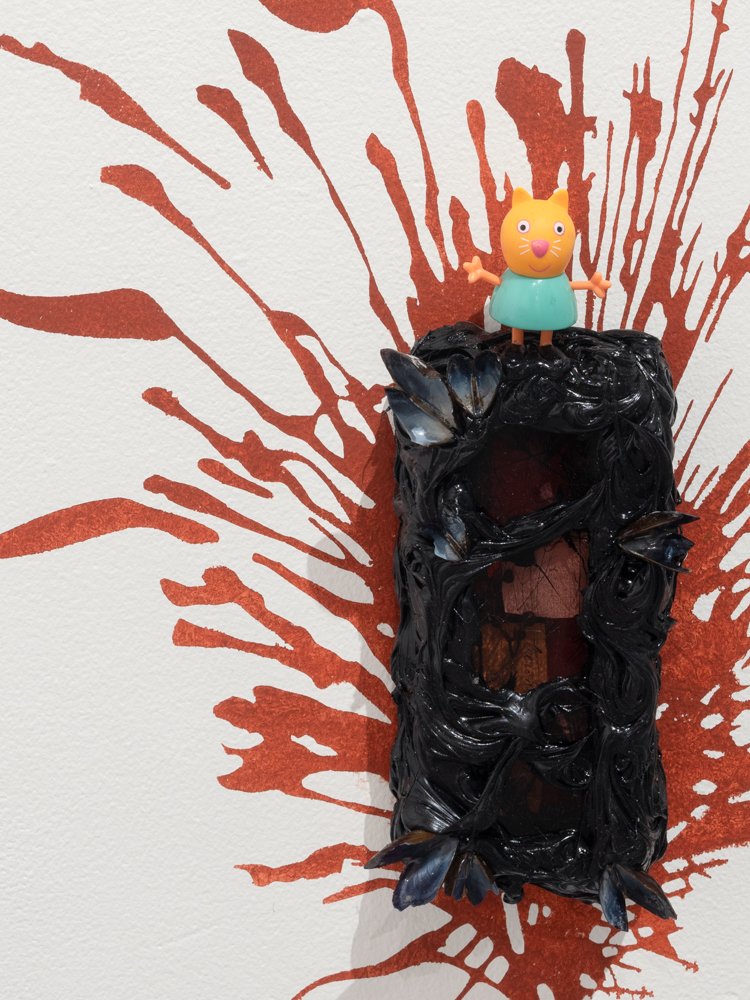
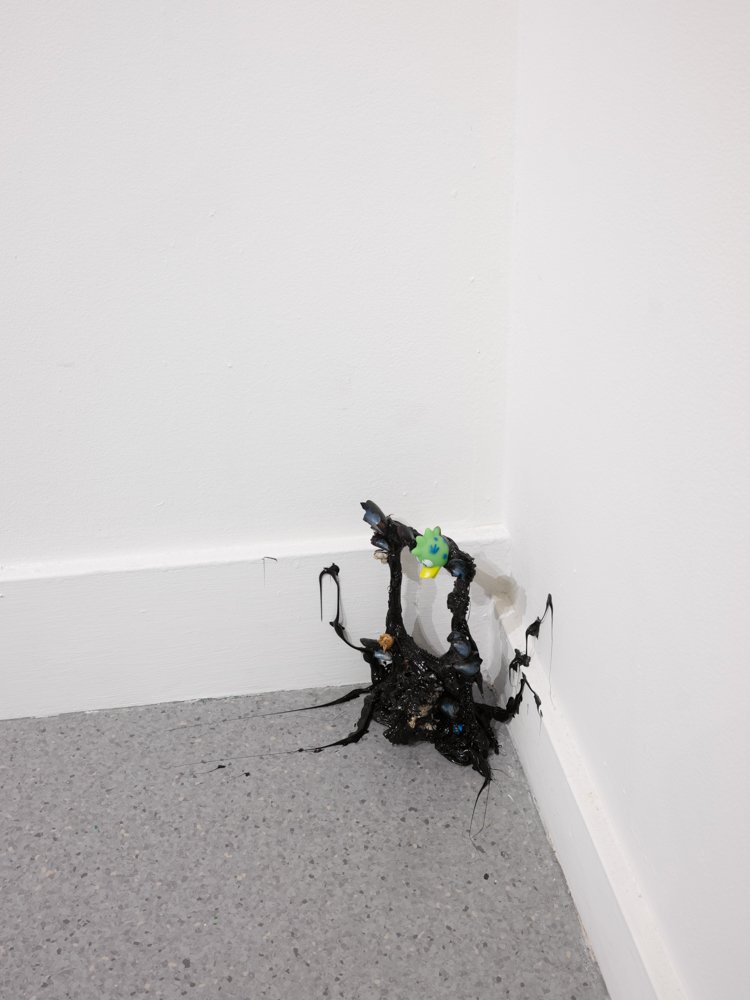
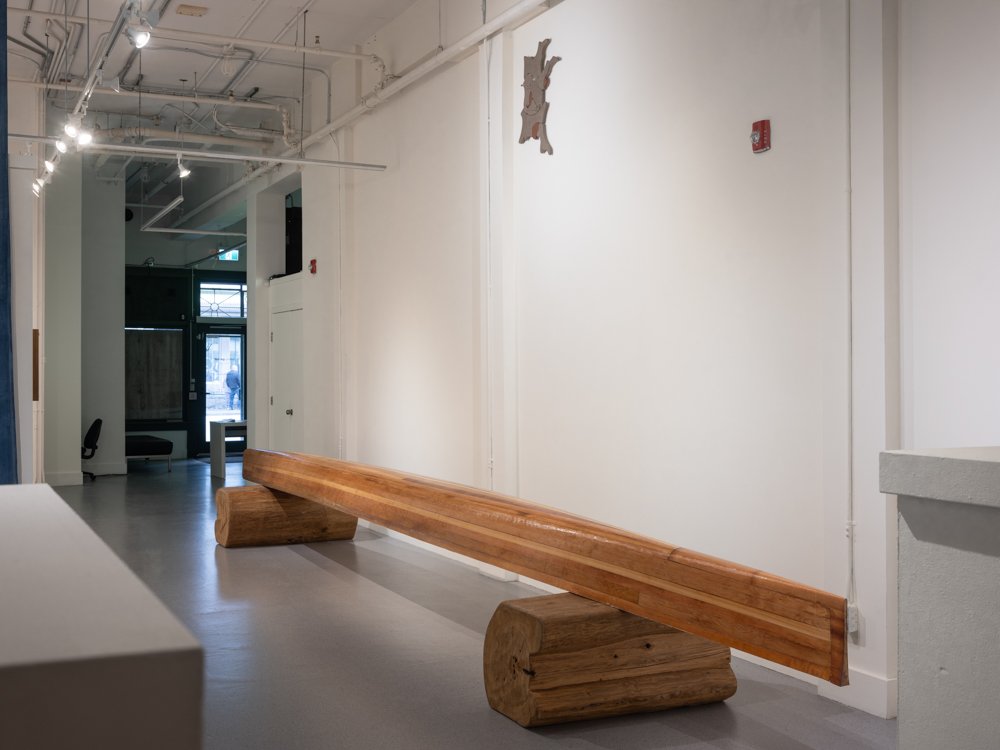
Lydia Brown is an artist of Coast Salish descent. Her ancestral name is Teethulwut. She was born in Snuneymuxw First Nation (Nanaimo, B.C). She primarily works in drawing and painting, exploring themes of growing up as an Indigenous youth. In receiving her Bachelor of Fine Arts degree she wove in and out of many different stu- dios and mediums. After completing the BFA program she worked behind the scenes in studios and workspaces to explore different ways of being creative and what type of administrative details go into supporting these spaces. Most recently canoe build- ing has been a space for Lydia to strengthen her woodworking skills.
She looks to people and music in her life to influence the rhythm in her artwork. She likes making paintings where you get a sense of movement. The body informs so much of the dialogue behind dances in the longhouse and in pow wows. She became really interested in investigating forms in Coast Salish designs as if they were danc- ers. Her interest in Coast Salish formline was strengthened after working with youth in her home community on a two-week canoe journey along the Pacific Northwest Coast. By witnessing traditional dances and songs from Indigenous peoples of dif- ferent parts of the world, their voices quickly grew as they sang and drummed songs from their territories.
Simon Grefiel was born and raised in Tacloban City, Philippines, and lives on the un- ceded occupied territories of the xwməθkwəy’əm, Sḵwx̱wú7mesh, and Səl’il’wətaʔ Na- tions. Through digital works, performances, and objects, Grefiel explores language, ethnographic archives, spirits, and speculative narratives of human migration. Gre- fiel’s visual language is informed by dreams, familial stories, and images; proposing new ways of experiencing the supernatural realm and the material universe.
davi de jesus do nascimento: I was born in Alevim, in 1997, in the radiant northern region of Minas Gerais, I was bathed with the same name as my father, Davi de Je- sus do Nascimento. I am a barranqueiro curimatá, a supporter for the muvuca, and a debtor writer. Born on the banks of the São Francisco River - the watercourse of my life - I work by collecting affections from the riverside ancestry and perceiving ‘almost-rivers’ in the arid. I was raised within the tangle of carranqueiros, fishermen, and washerwomen. The weight of carrying the river on my back draws from the source of the first suns I cried in life. Supporting the carranca on my back has made me feel the strength of the wind from my curved taboca in the pursuit of the trailing tail that descended in a spiral gong snail wrap around the right heel like snake, bait, fish, and stone.
Valérie d. Walker is a force of nature; Materiality rooted, trans-media artist, alchemist and Indigo Griot. She is an AfroFuturist time traveller, her queer femme epigenetic identity holds oceans: African diaspora Blackness, Hawai’ian, Latinx, Japanese, Scot- tish pirate and more. She holds ikebana (Japanese flower arranging) and Chado (tea ceremony) instructor degrees with Urasenke, Kyoto. Walker’s artwork interweaves environmental and self-healing, natural dyeing, hand-shaped resist patterning, pig- ment printing, quotidian femme-life actions, sensorially immersive fibre-based instal- lations, storytelling and Black Panther-esque community-centric activism. She waswelcomed to the unceded lands of the Sḵwx̱wú7mesh (Squamish), Stó:lō, Səl̓ílwətaʔ/ Sell With (Tsleil-Waututh) and xwməθkwəy̓əm (Musqueam) Nations by Hereditary Chief Marilyn Gabriel.
Speplól Tanya Zilinski: Tanya is an Anishinaabe artist, of Aggaamaakwaa Manitoba and is a member of The Red River Nation with family and ancestral ties to Dakota, Cree, Anishinaabe and Huron Wendat Nations throughout Turtle Island’s Plains and Great Lakes regions and is Ukrainian on their father’s side. One of their traditional names is Speplól, which was a name given to them at fourteen, meaning Little Crow. They were born on Ts’qó:ls, which is the Halq’eméylem name for what is known to settlers today as “Hope, B.C”. Their medium is traditional Indigenous loom beadwork and the retelling of oral stories and teachings through patterns laid out on beadwork tapestries. They were taught to loom beads at 15 years old by an Elder in their com- munity at Chawathil First Nation. Speplól has developed methods and techniques for creating large loom beaded tapestries made from tiny glass seed beads to pass down cultural knowledge of both Anishinaabe and Stó:lō cultures to their six children and future generations. Speplól is connected to the Stó:lō community in the Teltíyt Tribe area through unification of the last 31 years, six children, and grandchildren.
OUTRO:
Sophia Santos English on A Canoe is an Island
I was forged in oak, bronze and barbed twine; a hook to lure, made best to wait. I waited, waited, waited. My body hot, still wet when creator smoothed the small lip of my baby back. Tonight crabs return to the burrows of sandy nests, a footprint making beds of their fungible roofs. I grew up on these beaches, like my friends in the dune. Put pressure on the tops of their chitin safes, yet just beyond the view a glossy pearl is embossed into a home. With a few blows, my back broke open and along with it, came the sea. Between the folds of navy and shimmer blues, fish heads allure their eyes. Gazing down at the Sirena song, in silky unison it clings onto me like fabric. These scaly bodies sort of woven together and I with it. My throat greets that silver skin. Our homecoming will be right here in the gapes. Take my weight mother, searching the sunset who coloured the sea a most tasty orange, its auburn tones tanning my skin. Held in you, I pull out the softness beyond our divide. A feverish embrace, a labour of care, it is a gesture I know well. Such molten flavours left tongues as quickly as it was to be plucked from the sea. It will take a community to teach me how to swim these waters. They tell me to hold patience. As if a people’s care, in its briny demands, can resist the porosity of our futures held in these waters. Father kept the terms and tides presage, the mapping of familial wakes. Trust in the hands that bear my weight, that tug me deep in the blue and knotted around their fingertips. So I was made for my paddles to kick back up to my neck, a pierced pose to tuck my ears into the waves. They say: listen, listen, listen. In the misted morning, landscapes stretched far in front of me. Awakening was just the anatomy. So I'll bring fish to shore, just as the creator brought me. We are born into this history.
—Sophia Santos English
Sophia Santos English (she/they) is a filmmaker, emerging curator, writer & digital alchemist based in ‘Vancouver, BC’ working on the traditional unceded territories of the xʷməθkʷəy̓əm, Sḵwx̱wú7mesh, and səlilwətaɬ Nations. She is currently in the process of graduating from Simon Fraser University in 2024 with a Bachelor of Fine Arts in the Film Production Program. Her work investigates her Filipino heritage through family archives and community memory; calling upon the magic of the moving image to uncover the visible/invisible in our daily diasporic ecosystems. She draws connections to the land, body, sea, and family, as a foundational structure through which she frames her practice.
